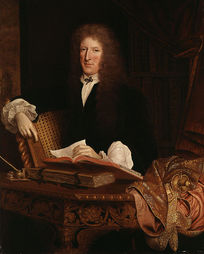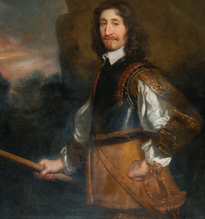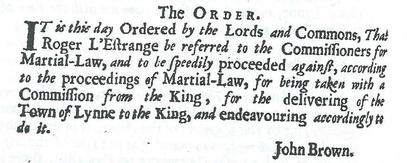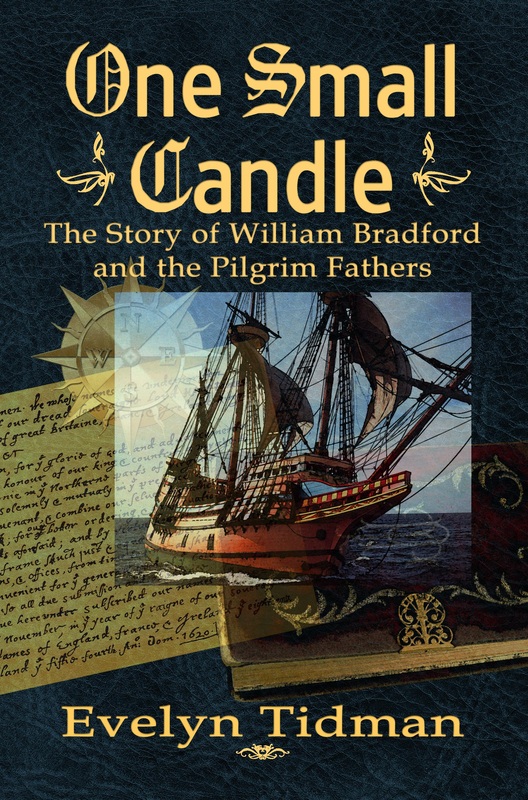 Roger L'Estrange
Roger L'Estrange Research-wise I could find almost nothing at all. The details of what happened to Royalists the government wanted to make an example of are scant at the pre-trial stage.
This is what I discovered from Roger’s writings.
Roger L’Estrange (third son of Sir Hamon L’Estrange of Norfolk the one-time governor of King’s Lynn) had a commission from the King to subjugate the town of King’s Lynn for the King. He was betrayed, the commission was discovered, and he was arrested just outside Lynn and spent a few days in the gaol in King’s Lynn before being sent to London. In his own words, he says: ‘I was guarded to London. First to the Earl of Manchester, next to Derby House, and then to the Lower House, and thence (by order) transmitted to the City Court Martial for the trial.’
The House of Lords conducted their business at Derby House which was in Cannon Row, London. In his Vindication From the Calumnies of a Malitious [sic] Party in Kent . . . (1649) Roger tells us that the Earl of Thanet sent the Kent Petitioners a letter ‘with a declaration in one hand and conditions in the other, (from Derby House).’ The Kent Petitioners replied not only to Lord Thanet, but also ‘To the Right Honourable, the Commissioners at DERBY HOUSE’ and addressed them as ‘My Lords.’
So was Derby House the seat of the House of Lords? Or did both Houses meet there? Certainly Roger says he was sent to ‘Derby House and then to the Lower House’ which must refer to the Commons.
Why was Roger sent to Derby House and the Lower House? Roger gives us a clue in his Truth and Loyalty Vindicated . . . (1662) where he speaks of an order to the Court Martial regarding him: It is this day Ordered by the Lords and Commons that Roger L’Estrange be referred to the Commissioners for Martial Law, and to be speedily proceeded against, according to the proceedings of Martial Law, for being taken with a Commission from the King for the delivering of the Town of Lynn to the King and endeavouring accordingly to do it. John Brown.
 The Earl of Manchester
The Earl of Manchester And Lord Manchester? What had he got to do with it?
Perhaps Roger stayed with him in his London house, for Manchester was in London at that time, having fallen foul of Cromwell who had charged Manchester with neglect and incompetence in the prosecution of the war. Also, Manchester had been the commander of the besieging armies at King’s Lynn a year previously. Perhaps Manchester’s views on the prisoner were required before he went before the Houses. Roger also tells us that after the verdict he was taken to Newgate. So where was he before the trial? The obvious answer is with Lord Manchester. As a not-yet-convicted nobleman, perhaps they accorded him that dignity.
Whatever the case, Roger went to trial by court-martial. He tells us that there was a President of the Court, in this case, Sir John Corbet; a Judge-Advocate, Sir John Mills; and Commissioners who retired to Weavers-Hall to consider the verdict.
The outcome was a foregone conclusion, the court having been instructed to find him guilty of espionage and treason.
If anyone has further information on these things, I would be interested to learn about it.
UPDATE: Further research has led me to the Lords and Commons Journals for 1644/5. They both sat in Derby House, it seems. Roger first went to Lord Manchester who sent him to the House of Lords with a recommendation of court martial, who then sent him to the Commons, agreeing that he stand trial by court martial. The Commons also agreed, so Roger went to trial by Court Martial.




 RSS Feed
RSS Feed



